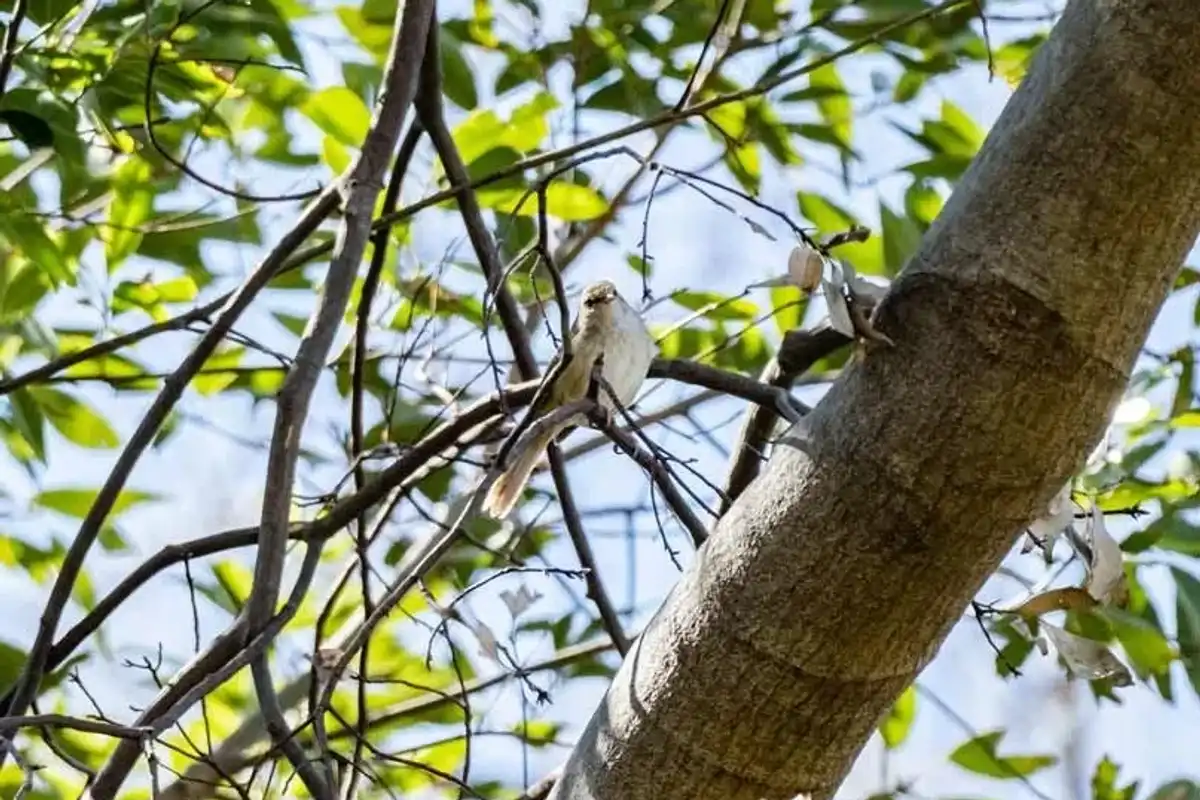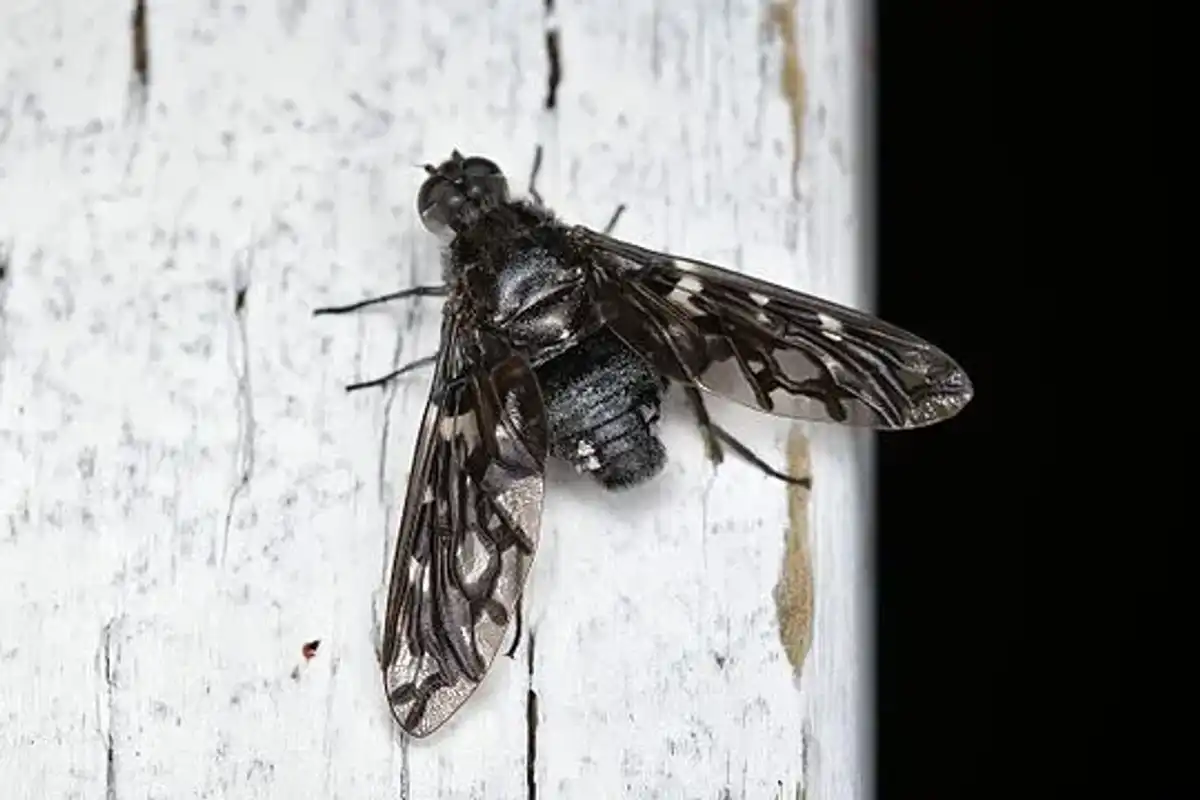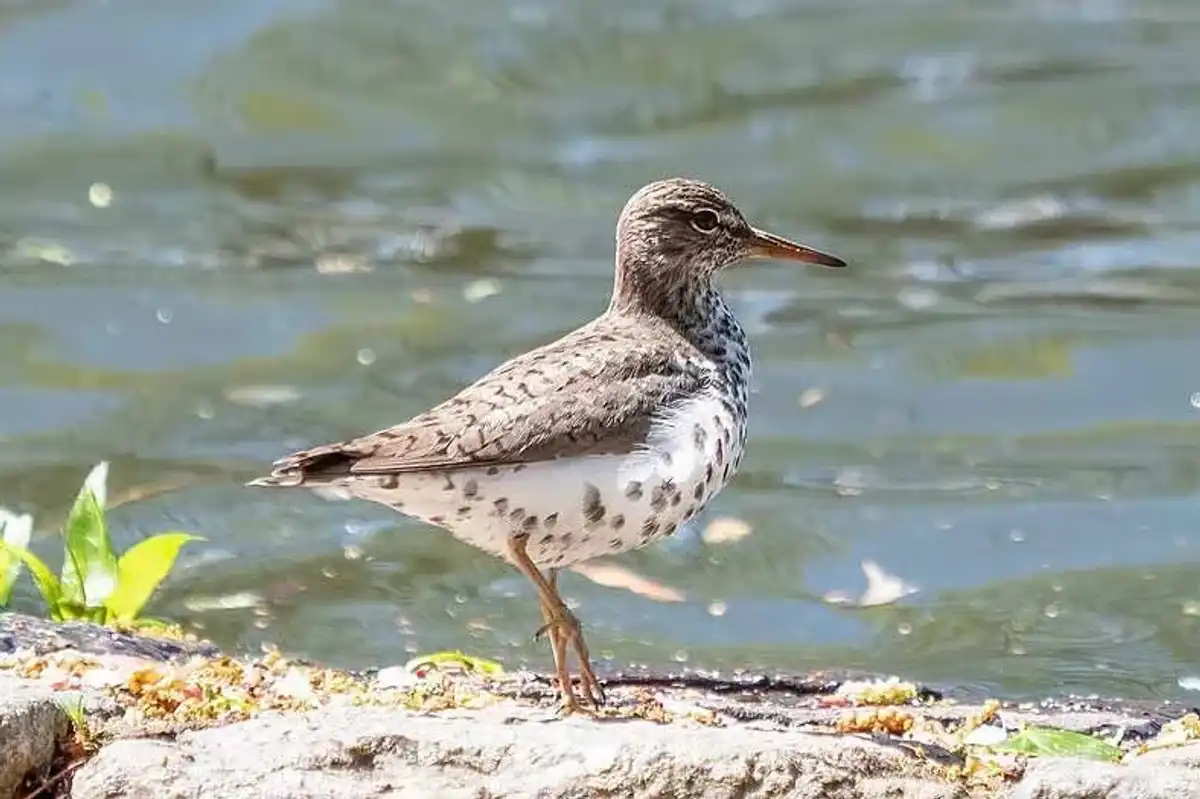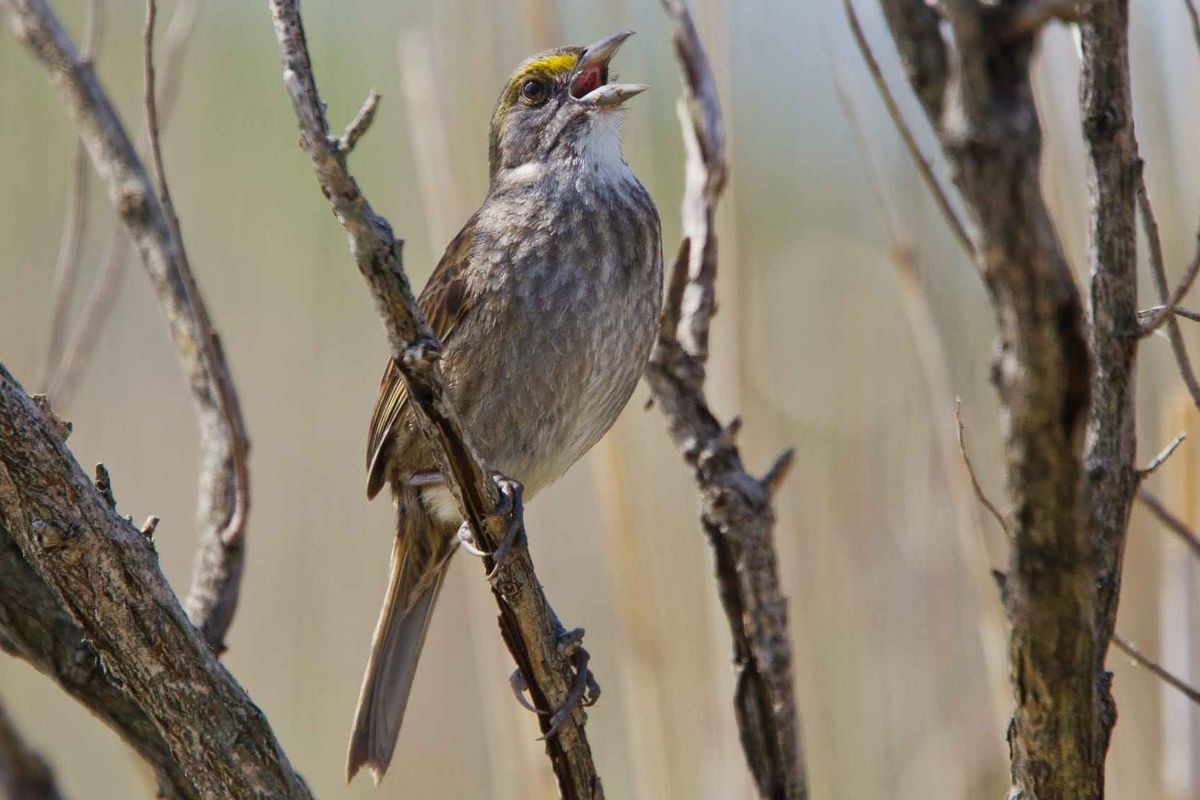About Shikha Sharma
Shikha has a Bachelor of Commerce degree from the University of Delhi. She also holds a Diploma in Information Technology, which has helped her acquire technical and design skills.
Family interest
In house speciality
Education
Qualifications
- Bachelor of Commerce
Recent Work
Fun White Admiral Butterfly Facts For Kids
Tucked away in the woodlands of North America, the beautiful winged wonder known as the white admiral butterfly flutters around, appearing during the laid-back days of late summer. If you spot one or maybe two black and white butterflies gliding around, giving off a graceful ballet vibe, chances are you've found yourself a white admiral.
With sleek black wings dressed up with snazzy white bands, this species of arthropods are like the tuxedos of the butterfly world.
Now, get ready to explore a forest full of facts and discover more about the elegant white admiral. This is an exciting woodland adventure that will unravel the mysteries of this naturally designed beauty. By the end of this journey, you'll be a white admiral expert, impressing your friends with all the fluttery facts you've gathered!
Fun Uguisu Facts For Kids
Small uguisu birds are also known by several other names like the Japanese bush warbler, the singing bush warbler, and the oriental bush warbler. Although the uguisu bird species are associated mostly with Japan, it is found in different countries like China, Korea, Manchuria, and the Philippines.
Japanese bush warblers are better known for their song than their appearance. This species does not have a colorful plumage.
They look rather dusky in pale green and brown shades. This species belongs to the order Passeriformes, kingdom animalia, and has the scientific name cettia diphone.
Japanese bush warblers are found in certain areas depending on the season. This species is found throughout Japan all around the year.
In the summer months, the uguisu birds can be spotted in Japan’s northernmost prefecture, the large Japanese island of Hokkaido, certain areas of central China, and Korea. In the cold winter months, the uguisu prefers to live in the lower altitudes to avoid the cold mountain winters.
If you like reading interesting facta about birds, you may also want to check out the fact files on House finch and short eared owl.
Fun Tiger Bee Fly Facts For Kids
There are around 800 species of bee flies in North America, including the tiger bee fly. The tiger bee fly (Xenox tigrinus), along with many others, belongs to the family Bombyliidae.
While its massive size and fluffy body make it appear to be a bee, the insect is actually a fly. The belly of this bee fly is black and has two white dots.
The black pattern in an otherwise translucent wing might be similar enough to tiger stripes to warrant the word tiger in their name. The tiger bee fly has distinct wing marks.
This species is most often seen flying near wooden fences, roof overhangs, porch railings, and other related wooden structures. The female tiger bee fly lays eggs exactly where carpenter bees have already laid their eggs.
Carpenter bee larvae are eaten by the tiger bee fly larvae. This is why female species look for wooden areas where carpenter bees have their established homes to lay their eggs.
Bee flies, on the other hand, are real flies, not bees. Their bee mimicry makes them resist certain would-be predators because they do not attempt to sting or bite.
If you like reading more such interesting facts about animals, do check out the rainbow bee eater and the red admiral butterfly.
Fun Spotted Sandpiper Facts For Kids
Spotted sandpipers, of the order Charadriiformes and family Scolopacidae, are birds from the Animalia kingdom. They are known as North American birds primarily inhabiting North America, primarily in the southern United States, and South America.
A spotted sandpiper is a small species of bird with an average length of 6-7 in (10-18 cm) and an average weight of around 1.2-1.8 oz (34-50 g).
These birds of North America bob while walking in the water to keep themselves safe from predators. Their teetering motion is commonly known as bobbing. Research says that this babbling of water confuses their predators and serves the very purpose of protection.
They are dark black, brownish, or gray with beautiful dark black spots. These spots tend to appear on their feathers only during the breeding season and gradually disappear when winter approaches. The presence of these beautiful spots gave them their name, spotted sandpipers.
These North American birds choose their habitat based on their diet as well as living requirements. Spotted sandpiper birds generally prey on a wide variety of small invertebrates such as midges, fish, mayflies, grasshoppers, crickets, beetles, worms, caterpillars, mollusks, crustaceans, spiders, and dead fish and prefer living close to water bodies.
The ideal period for reproduction is in May. It is common for sandpipers who are found in the north to reproduce during the summer. During the breeding season, females tend to become more active and full of potential.
The average litter size is three to five eggs with a 19 to 22 days incubation period. Chicks become mature enough to wander off within four weeks. A baby spotted sandpiper is known by different names such as a 'peep', 'swan', 'cygnet', and 'flapper'.
These birds are marked under Least Concern by wildlife organizations. However, they continue to face the threats of water population and loss of wetland habitat.
If you liked this article, then you can also read about western grebe and laughing gull.
Fun Seaside Sparrow Facts For Kids
Seaside sparrows are brown birds with dark plumage that inhabit tidal saltmarshes with abundant and varied vegetation. This habitat is helpful for both their nesting and dietary requirements.
They are quite territorial in their breeding areas but the subspecies are found grouped in a few places. They are found in a range of places from northeast Florida to North Carolina. They are also found in the marshes of the Atlantic Coast and along the Gulf Coast to Texas.
Due to habitat loss caused by an increase in sea levels, damage to vegetation distribution, and introduced contaminants in marsh areas of their breeding habitat caused by human activities, this bird is at risk. The U.S.
Fish and Wildlife Service and other wildlife management and conservation organizations are putting efforts in to map and protect all the at-risk subspecies of this bird.
The seaside sparrow (Ammospiza maritima) has many subspecies, each with subtle differences. The dusky seaside sparrow, Scott's seaside sparrow, and the Cape Sable seaside sparrow are all seaside sparrows.
If you like this article, please go through our facts about the chipping sparrow and the scarlet macaw.
Fun Sardine Facts For Kids
Sardines are small fish that are one of the most popular commercially fished animals in many parts of the world. Pacific sardines are an essential source of food for humans as they offer us a good source of different types of nutrients such as vitamin B12, omega 3 fatty acids, and a lot more.
There are at least 21 distinctive and unique species and five genus categories of sardines.
Among these 21 species, there is one sardine that is most commonly known used in cooking and food preparation. This is the Pacific sardine (Sardinops caeruleus).
When compared to other herring fish such as the American shad, sardines are small fish.
They can reach and can range up to 17 in (45.72 cm) in length and can weigh as little as 1.5 lb (0.68 kg) each.
As well as being eaten by humans, they are one of the key components of the diets of other creatures living along the coast, including birds and fishes such as dolphins, seals, blue whales, penguins, terns, and brown pelicans.
As we know, humans are also one of the biggest consumers of these sardines.
They have a pretty pleasant and mild flavor and sardines have a very dense and oily fish-like taste no matter how they are cooked (whether they are smoked, salted, or marinated). Fresh sardines have a particularly salty and fishy taste.
As they are so popular, there is an imminent threat of overfishing that puts the worldwide sardine population at risk.
So let's learn more interesting facts about sardines here, including facts about the sardine diet, sardine habitat, sardine bones, and fresh sardine dishes! To learn more about other fish, you can also check out our guides to the sockeye salmon and anchovies too.






